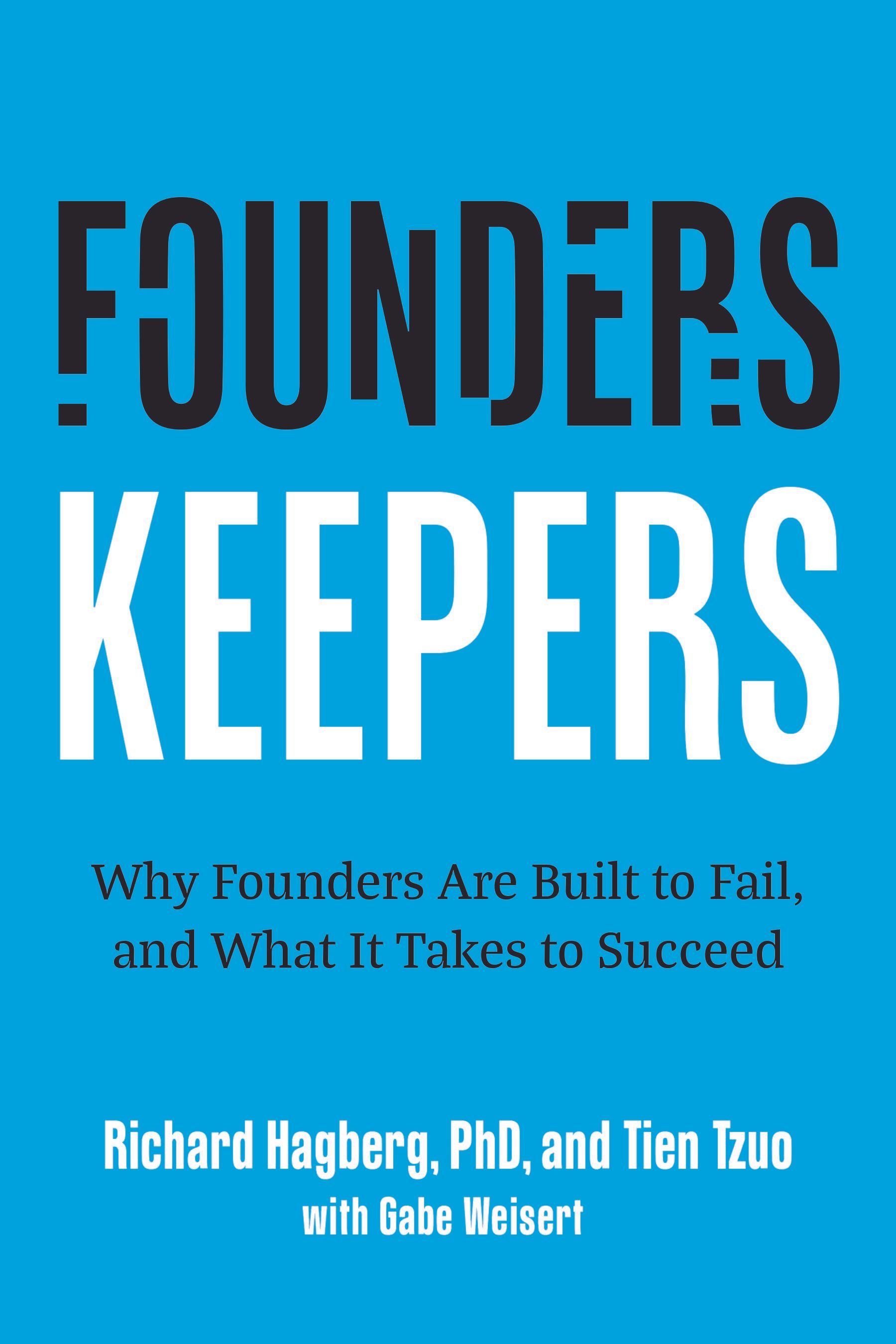Article
The Ultimate Guide to Leadership Mastery: Insights from 45 Years of Executive Coaching

Leadership is not just about guiding teams; it's about sculpting the future. Over the past 45 years, I've dedicated my career to understanding what truly sets exceptional leaders apart. This journey has taken me across the globe, working with executives from a myriad of industries, cultures, and organizational structures. My conclusions aren't based on theory or a few isolated experiences. They are the result of meticulous analysis of thousands of 360-degree assessments, encompassing 46 leadership competencies and a staggering 64,000 pages of comments from leaders' coworkers. This treasure trove of data has revealed patterns, behaviors, and strategies that define the hallmarks of extraordinary leadership.
The Data-Driven Leader: Where Science Meets Practice
When it comes to leadership, anecdotal evidence isn’t enough. My research has focused on gathering quantitative and qualitative data to draw meaningful conclusions. The thousands of 360 assessments I've analyzed provided not just a snapshot of leader performance but a detailed map of what works and what doesn't. These assessments have consistently highlighted 22 key competencies that leaders must master to drive success. These include visionary thinking, emotional intelligence, strategic foresight, adaptability, and ethical integrity. But it’s not just the competencies that matter; it’s how these leaders embody them day in and day out.
Vision: The North Star of Leadership
At the heart of great leadership is vision. Exceptional leaders don’t just react to the present; they anticipate the future. They set clear, compelling goals that inspire and align their teams. But vision alone isn’t enough. These leaders are strategic thinkers who can turn vision into reality. They understand the big picture, foresee challenges, and navigate their organizations toward long-term success. Their strategic mindset ensures that every decision they make is in service of a larger purpose, and they communicate this purpose with clarity and passion.
The Power of Emotional Intelligence
In my decades of research, one trait has emerged as a non-negotiable for successful leadership: emotional intelligence. Leaders who excel in this area connect deeply with their teams, understanding not just the professional but the personal dynamics that drive performance. They manage their emotions and those of others with finesse, fostering an environment of trust and collaboration. These leaders are the ones who can navigate the rough seas of organizational change with grace, maintaining morale and cohesion even when times are tough.
Adaptability: The Survival Skill of the Modern Leader
We live in a world of constant change, and the best leaders are those who can adapt on the fly. The data shows that flexibility is critical and leaders who thrive in dynamic environments are those who can pivot strategies quickly in response to new information. But adaptability isn’t just about survival; it’s about innovation. These leaders encourage their teams to think creatively, to embrace change as an opportunity rather than a threat. They foster a culture where new ideas are welcomed, and calculated risks are taken, driving continuous improvement and keeping the organization ahead of the curve.
The Ethics of Leadership: Integrity as a Foundation
Throughout my career, I’ve seen that the most respected leaders are those who lead with integrity. They embody high moral standards and make decisions that are ethical and transparent. This isn’t just about following the rules; it’s about setting a tone for the entire organization. Leaders with integrity build trust—both within their teams and with external stakeholders. They create an environment where people feel safe, respected, and valued, which in turn drives loyalty and performance.
Communication: The Glue That Holds Everything Together
No matter how brilliant a leader's vision or strategy, it will fall flat without effective communication. The best leaders I’ve studied are those who excel at communicating clearly and persuasively. They ensure that everyone in the organization understands not just what needs to be done, but why it matters. They foster open dialogue, encourage feedback, and make sure that their message resonates at every level of the organization. This clarity in communication helps to align efforts, reduce misunderstandings, and drive the organization towards its goals.
Empowerment and Delegation: Trusting the Team
One of the most consistent findings from the thousands of pages of comments I’ve reviewed is the importance of empowerment. Exceptional leaders don’t micromanage; they trust their teams. They delegate effectively, giving team members the autonomy to take ownership of their tasks. This not only enhances productivity but also fosters a sense of accountability and empowerment. These leaders understand that their role is to provide guidance and support, not to control every detail. By empowering their teams, they create an environment where innovation flourishes and where employees feel valued and motivated to contribute their best work.
Continuous Improvement: The Relentless Pursuit of Excellence
Great leaders are never satisfied with the status quo. They are always looking for ways to improve processes, drive innovation, and enhance performance. This commitment to continuous improvement is what keeps organizations competitive in a rapidly changing world. The data shows that leaders who encourage creativity and support calculated risks are the ones who drive their organizations forward. They create a culture of learning, where mistakes are seen as opportunities for growth rather than failures to be punished.
The Bottom Line: Leadership is Both an Art and a Science
After 45 years of research and experience, one thing is clear: leadership is both an art and a science. It requires a deep understanding of human behavior, strategic thinking, and the ability to inspire and motivate others. But it also requires a commitment to continuous learning and improvement. The best leaders are those who are constantly refining their skills, who are open to feedback, and who are always looking for ways to better serve their teams and their organizations.
The insights I’ve gained from analyzing thousands of 360 assessments and tens of thousands of pages of comments have given me a unique perspective on what it takes to be a great leader. It’s not about having all the answers; it’s about asking the right questions. It’s not about being perfect; it’s about being authentic. And most importantly, it’s about understanding that leadership is a journey, not a destination. The path to exceptional leadership is one that requires dedication, humility, and a relentless drive to be better every day.
share this
Related Articles
Related Articles





